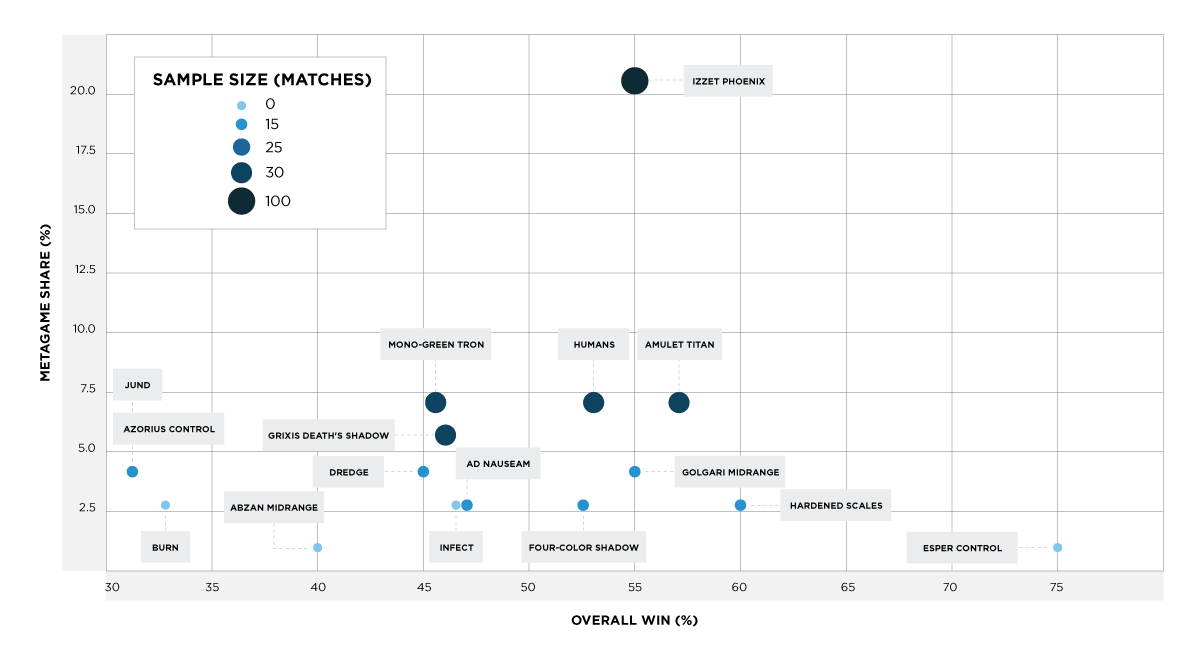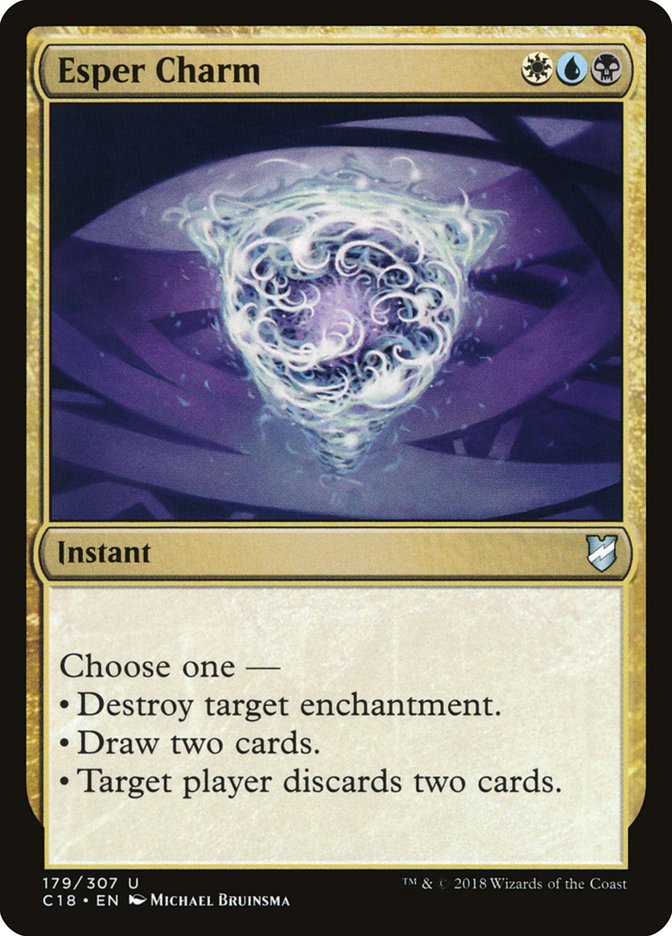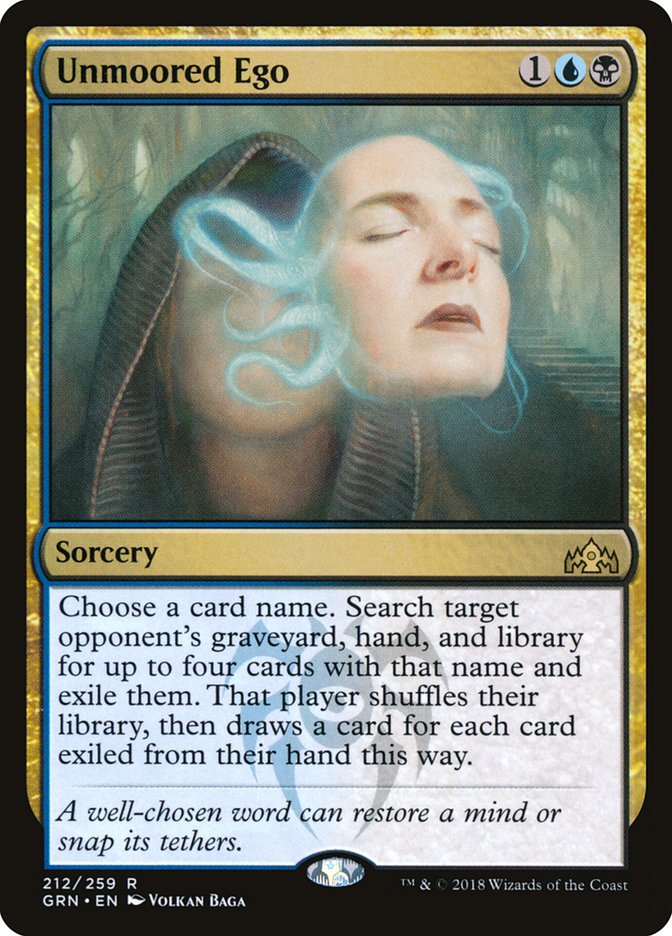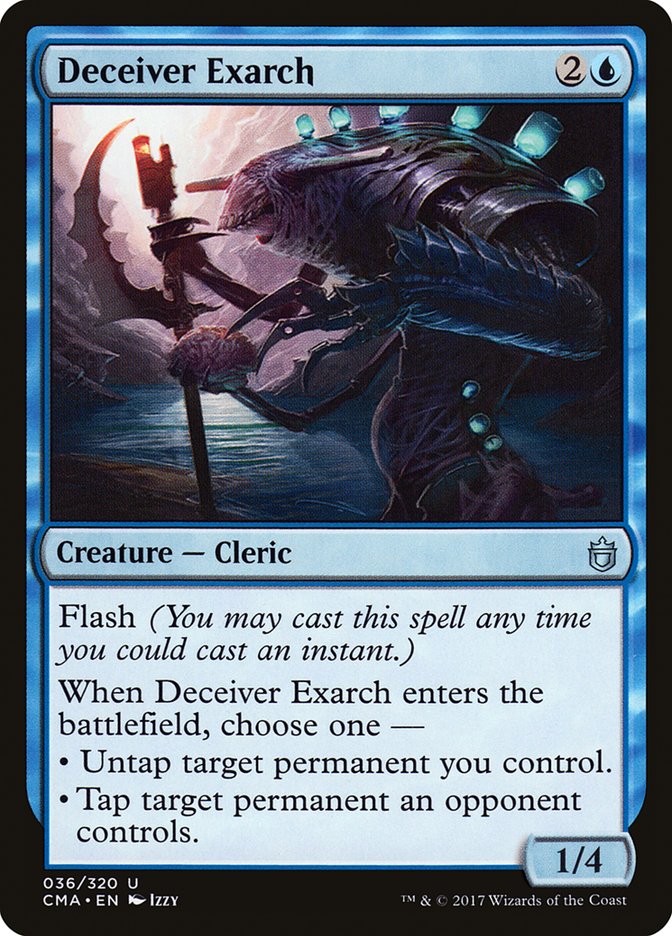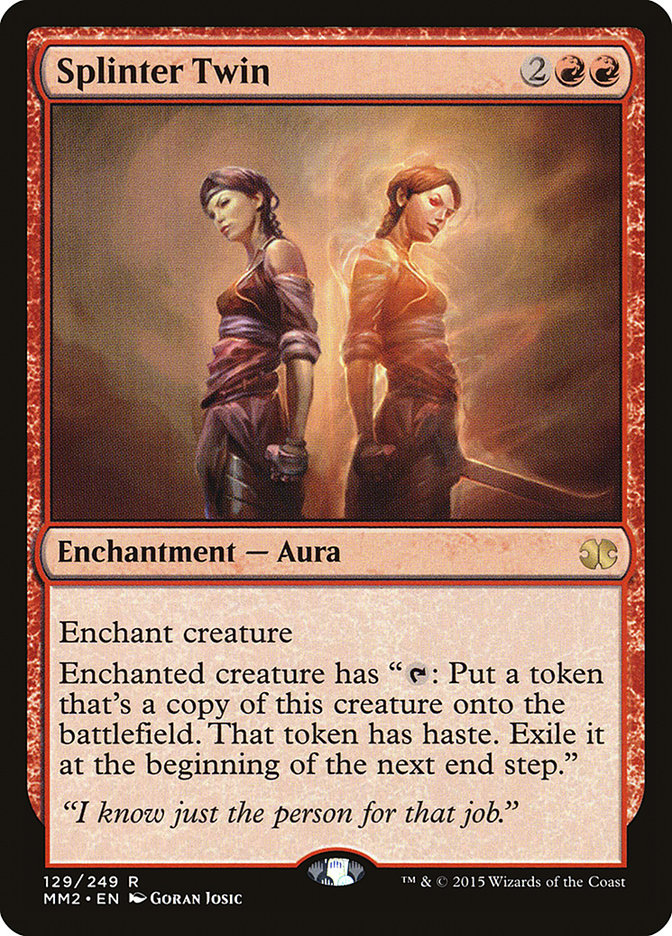Here it is, the moment you’ve been waiting for: the breakdown on SCG Cleveland, based on the Day 2 and Top 8 matches. Would it surprise you to learn that Izzet Phoenix is a really good deck? Probably not. But there is more than just Izzet Phoenix to explore from this past weekend!
But still, Izzet Phoenix is really good.
The Popular Picks
| Izzet Phoenix | 4/5 | 8/3 | 4/5 | 2/5 | 4/1 | 4/0 | 3/2 | |
|---|---|---|---|---|---|---|---|---|
| Humans | 5/4 | 1/2 | 1/1 | 3/1 | 2/1 | 1/0 | 1/0 | |
| Amulet Titan | 3/8 | 2/1 | 4/1 | 2/0 | 2/0 | 2/1 | 1/1 | |
| Grixis Death’s Shadow | 5/4 | 1/1 | 1/4 | 1/0 | 0/1 | 0/2 | – | |
| Mono-Green Tron | 5/2 | 1/3 | 0/2 | 0/1 | – | – | 1/0 | |
| Azorius Control | 1/4 | 1/2 | 0/2 | 1/0 | – | 1/0 | – | |
| Jund | 0/4 | 0/1 | 1/2 | 2/0 | – | 0/1 | – | |
| Golgari Midrange | 2/3 | 0/1 | 1/1 | – | 0/1 | – | – | |
|
Izzet Phoenix
|
Humans
|
Amulet Titan
|
Mono-Green Tron
|
Azorius Control
|
Jund
|
Golgari Midrange
|
| 80 | |
| 70 | |
| 60 | |
| 50 | |
| 40 | |
| 30 | |
| 20 |
First, we looked at the Top 8 archetypes that were present in Day 2 of SCG Cleveland. Izzet Phoenix was at the top of the pack but Amulet Titan had a breakthrough weekend, finally popular enough to match the metagame share of the more commonly played, less ostensibly complicated decks like Humans and Mono-Green Tron.
We are currently in the “Matt Nass wins every tournament but no one else is trying yet” phase
— Edgar Magalhães (@EdgarMTG) April 8, 2019
It seems like the secret is out: Amulet Titan is a good deck. The iterating happening from Team Titan (Daryl Ayers, Matthew Dilks, and Edgar Magalhaes), along with Piotr Glogowski’s iterating on the deck, suggests that we’re in a Renaissance period of Amulet Titan. There’s still plenty of refining ahead for Amulet Titan players, but we’re a big fan of what’s happening with the traditional white-based, Sakura-Tribe Scout builds.
Creatures (13)
Lands (28)
Spells (19)

For those who have been watching the Amulet Titan iterations over the past few SCG Tour events, you can see Team Titan solving emerging challenges like Whir Prison. What started off as Consulate Crackdown became Tragic Arrogance, then became this slight rebuild. Piotr Glogowski has been critical of these traditional builds with Engineered Explosives and Walking Ballista, favoring a more straightforward, proactive design, but Dilks’s list from this weekend returns to Hive Mind to present a diversity of win conditions.
Midrange (and the midrange-adjacent Grixis Death’s Shadow) and control decks round out the most popular deck archetypes, with the Golgari-based stalwarts taking Jund and Golgari Midrange out to middling finishes, along with Azorius Control. This is a fairly typical field for what one might expect from a Modern Open on the SCG Tour.
The Unpopular Choices
| Izzet Phoenix | 4/5 | 8/3 | 4/5 | 2/5 | 4/1 | 4/0 | 3/2 | 1/2 | 1/2 | 2/3 | 2/1 | 2/0 | 0/4 | 3/0 | 0/1 | |
|---|---|---|---|---|---|---|---|---|---|---|---|---|---|---|---|---|
| Humans | 5/4 | 1/2 | 1/1 | 3/1 | 2/1 | 1/0 | 1/0 | 1/0 | 0/1 | 0/1 | 3/0 | 1/1 | 1/3 | 1/1 | 1/0 | |
| Amulet Titan | 3/8 | 2/1 | 4/1 | 2/0 | 2/0 | 2/1 | 1/1 | 1/0 | 0/1 | 0/1 | 1/1 | – | 2/0 | – | 0/1 | |
| Grixis Death’s Shadow | 5/4 | 1/1 | 1/4 | 1/0 | 0/1 | 0/2 | – | 1/0 | 0/1 | 0/2 | – | – | – | 1/0 | 1/0 | |
| Mono-Green Tron | 5/2 | 1/3 | 0/2 | 0/1 | – | – | 1/0 | 2/2 | 1/0 | 1/0 | – | 0/2 | – | – | – | |
| Azorius Control | 1/4 | 1/2 | 0/2 | 1/0 | – | 1/0 | – | 1/0 | 1/0 | 0/1 | 0/1 | – | – | 0/1 | – | |
| Jund | 0/4 | 0/1 | 1/2 | 2/0 | – | 0/1 | – | 1/0 | – | – | – | 1/1 | – | – | – | |
| Golgari Midrange | 2/3 | 0/1 | 1/1 | – | 0/1 | – | – | 0/1 | – | – | – | 3/0 | – | – | 1/0 | |
| Dredge | 2/1 | 0/1 | 0/1 | 0/1 | 2/2 | 0/1 | 0/1 | 1/0 | 1/0 | – | – | – | – | – | – | |
| Four-Color Shadow | 2/1 | 1/0 | 1/0 | 1/0 | 0/1 | 0/1 | – | – | 0/1 | – | 0/1 | – | 0/2 | – | – | |
| Hardened Scales | 3/2 | 1/0 | 1/0 | 2/0 | 0/1 | 1/0 | – | – | – | – | – | 0/1 | – | 0/1 | – | |
| Ad Nauseam | 1/2 | 0/3 | 1/1 | – | – | 1/0 | – | – | – | 1/0 | – | – | – | – | 2/0 | |
| Infect | 0/2 | 1/1 | – | – | 2/0 | – | 1/1 | 0/3 | – | – | 1/0 | – | – | – | – | |
| Esper Control | 4/0 | 3/1 | 0/2 | – | – | – | – | – | – | 2/0 | – | – | – | – | – | |
| Storm | 0/3 | 1/1 | – | 0/1 | – | 1/0 | – | – | – | – | 1/0 | – | – | – | – | |
| Burn | 1/0 | 0/1 | 1/0 | 0/1 | – | – | – | 0/1 | – | – | – | 0/2 | – | – | – | |
|
Izzet Phoenix
|
Humans
|
Amulet Titan
|
Mono-Green Tron
|
Azorius Control
|
Jund
|
Golgari Midrange
|
Dredge
|
Four-Color Shadow
|
Infect
|
Esper Control
|
Storm
|
Burn
|
| 80 | |
| 70 | |
| 60 | |
| 50 | |
| 40 | |
| 30 | |
| 20 |
When we look at the larger breakdown of the field, smaller breakout decks deserve some attention. We want to highlight Hardened Scales’s performance against the top decks in the format, such as Izzet Phoenix and Humans, while not doing well against the faster combo decks like Infect and Storm, which are simply not relevant Modern decks right now, while being extremely well-positioned to fight the Ad Nauseam decks.
Four-Color Death’s Shadow was another small overperformer, not against the entirety of the format but at least against its top dogs. Four-Color Death’s Shadow benefitted immensely from Dredge having a down weekend and tends to sneak underneath a lot of decks rather than trying to brawl, but there’s a lot of space for Four-Color Death’s Shadow to be customized to its pilot’s preference, as the two copies that made Day 2 were rather different.
Despite decks like Burn, Storm, and Ad Nauseam making Day 2, we really can’t recommend these as well-positioned decks, Burn especially, which posted the worst win-rate of all the Day 2 decks.
The Best Deck Is Still Izzet Phoenix
So, still at the “best slot” is Izzet Phoenix. This deck performs well against the best and performs well against the rest. This is undoubtedly the cause of a lot of great consternation in the Modern community – we’ll discuss this later. But we don’t believe all hope is lost. The decks that posted greater than a 50% win percentage included top-tier performers like Humans and Golgari Midrange and smaller competitors like the aforementioned Hardened Scales.
We pound this drum every week, but we hope that the lesson sinks in some day: Azorius Control and Jund are bad choices as decks to play. Jund isn’t even that good against Humans, a creature-heavy deck. If you can’t even beat a tribal creature deck, what are you even doing with your reactive midrange deck? Put down the Lightning Bolts and pick up the Field of Ruins – Golgari Midrange is simply the better deck.
At the far end of that graph, posting a whopping 75% match win rate, there’s one important deck: Esper Control.
Breaking Down the Breakout Deck
Creatures (4)
Planeswalkers (6)
Lands (24)
Spells (26)

Zach Allen’s build of Esper Control was, simply put, an excellent build for the weekend, and Allen piloted the deck extremely well. Why was this build of Esper so good? Because it rumbled with the best deck in the format extremely well: a combination of Nihil Spellbombs, Esper Charms, and Kaya, Orzhov Usurper allows you to continually attack the resources of the Izzet Phoenix players and their variety of threats. Izzet Phoenix players have been quietly increasing the copies of Pyromancer Ascension they play to combat the increase of Surgical Extractions in the format, but Esper Control is ready to answer them at instant speed with Esper Charm. Unmoored Ego and Kalitas, Traitor of Ghet round out Allen’s tech.
In short, Esper is designed to brawl with the top dogs and has the survivability to make these sideboard cards really impactful. Kalitas is a fine card in Golgari Midrange, but it gets much better with a Supreme Verdict. Unmoored Ego is enough to give your counterspells time to work against Mono-Green Tron. Notably absent from Allen’s build is Celestial Colonnade – in fact, Allen only has one creature-land (Creeping Tar Pit) in the entire deck. This speaks to Allen understanding the priorities of control decks: while the format has slowed down some with Izzet Phoenix ruling the roost, you can’t afford to be playing catch-up as the control player.
If you recall our last metagame report, it was Aether Vial decks that performed well against the Cryptic Command decks. Azorius Control, as we see above, doesn’t have the diversity of answers to fight back against the Aether Vial decks and doesn’t seem to be well-prepared to fight off Izzet Phoenix either. This black splash and the options it opens up seem like a missing link to the control player’s dilemma of handling the diversity of threats that Modern has right now. This build is something you should anticipate seeing more iterating on in the coming weeks, especially by people like Allen who prefer the control archetype.
A Historical Lesson from Splinter Twin and a Thesis on Modern
As we noted earlier, Izzet Phoenix continues to be the best deck of the format. We wanted to close this with a commentary on the format at large. Many people discuss Modern and their struggles with the format – complaints about Izzet Phoenix’s dominance on the format especially are a popular topic on social media. While Splinter Twin has been banned for over three years now, it was the first deck to truly define Modern as a format, following, of course, the initial creation of the Modern banned list. Splinter Twin set forward a simple thesis: interact with your opponent or else you will lose on Turn 4. This fundamental principle has been core to successful strategies in Modern even after Splinter Twin has been banned – do something so powerful that you cannot be ignored, forcing your opponent to be reactive to what you’re doing.
Izzet Phoenix is probably the most consistent deck in the format, which is why it’s the best deck in the format. It also has been a constantly moving target in terms of what hate is good against it: you max out on Surgical Extractions, and Izzet Phoenix adjusts to include Pyromancer Ascension. You adjust to Leyline of the Void, and Izzet Phoenix sideboards in Crackling Drakes. But if you want to beat it, you either have to have the format so well-defined by the best deck that a deck like Esper Control succeeds or you want to do something more powerful.
Control (such as Allen’s Esper) and prison decks may crop up from time to time: they’re best positioned for success when the metagame is deeply defined by these “best decks” of the format – Grixis Shadow, Humans, Izzet Phoenix. But this principle of Modern should be the first place you go. The diversity of Modern decks ironically enhances this principle. To imitate John Madden…
When you can’t cover all the bases, you have to be able to execute the best offense.
Even if Izzet Phoenix is de-powered, this principle of Modern is highly unlikely to change. Banning the best deck in 2016 didn’t change it. If you ban a key piece – say, Manamorphose – from Izzet Phoenix, you might de-power the deck. But it won’t change this organizing principle of Modern. It begs the question: does the Modern community have an issue with Izzet Phoenix, or do players have an issue with the way Modern itself organizes itself as a format?
The answer might be Izzet Phoenix, but we wanted to pose the question for reflection.


